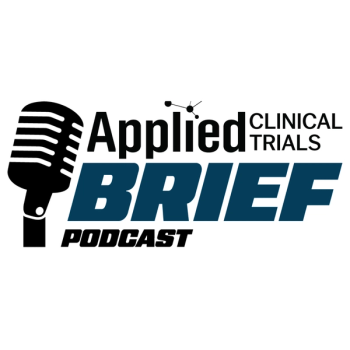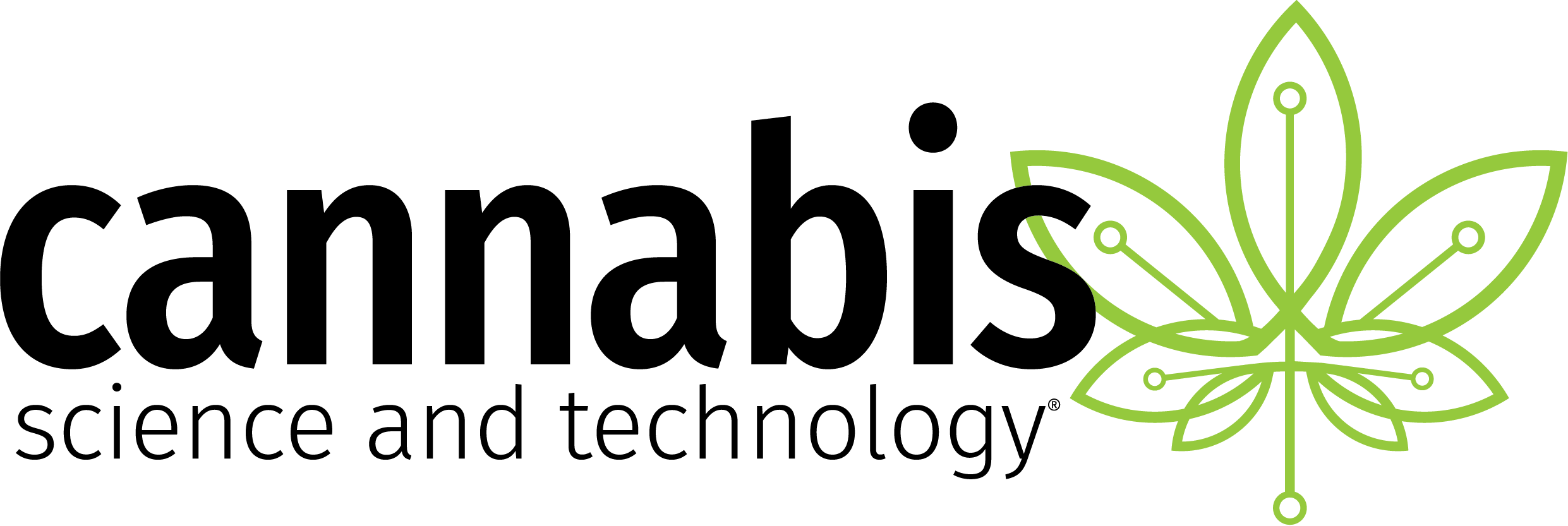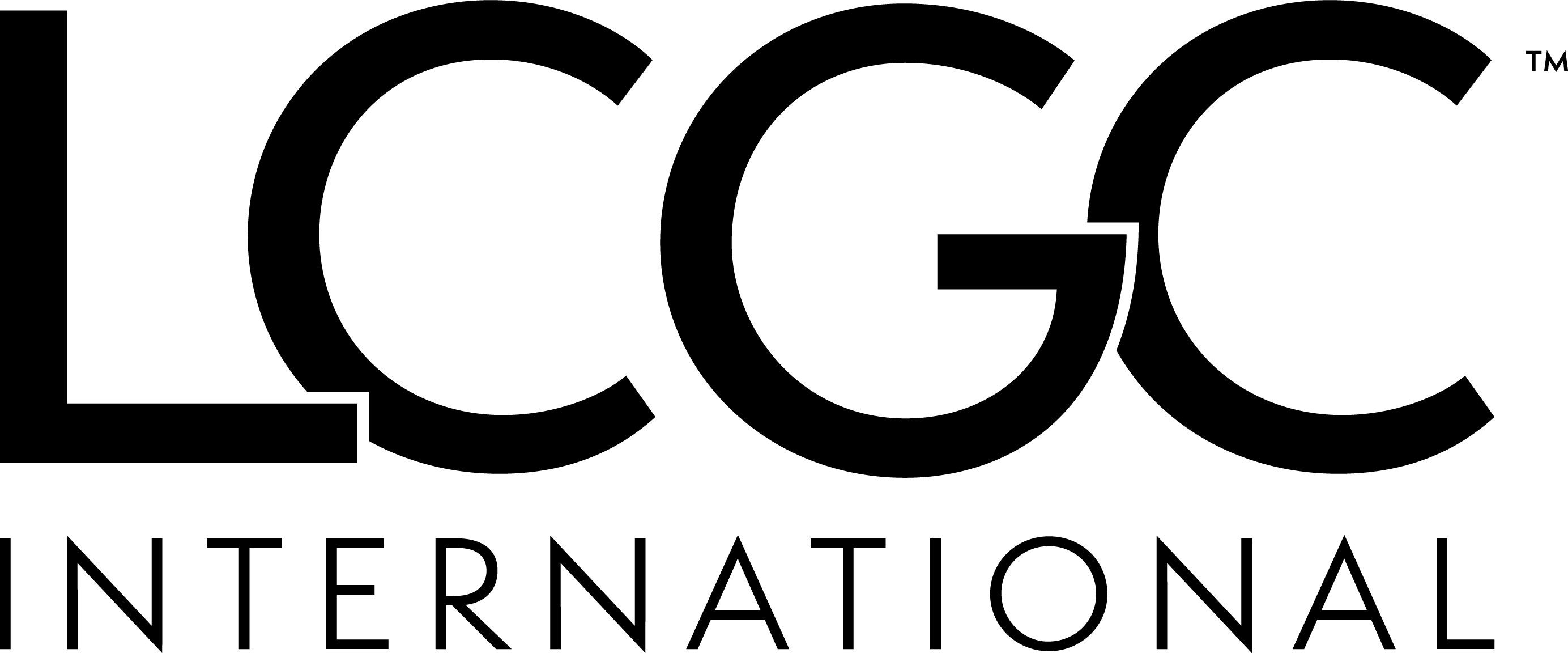Key Takeaways
- High Overall Response Rate. Talvey and Tecvayli combination achieved a 78.9% overall response rate in patients with triple-class exposed relapsed or refractory multiple myeloma with true extramedullary disease.
- Durable and Deep Responses. More than half of patients reached complete response or better, with 64.1% maintaining a response for a median duration of 13.8 months.
- Encouraging Outcomes in Heavily Pretreated Patients. The regimen showed strong efficacy even in patients previously treated with BCMA CAR T-cell therapy or other bispecific antibodies, with no new safety signals reported.
Updated data from the Phase II RedirecTT-1 trial (NCT04586426) found that the dual bispecific antibody combination regimen of Talvey (talquetamab-tgvs) and Tecvayli (teclistamab-cqyv) produced deep and durable responses in patients with triple-class exposed (TCE) relapsed or refractory multiple myeloma with true extramedullary disease (EMD).1,2
The findings, presented at the 2025 European Hematology Association Congress, indicate the potential of the dual treatment approach in overcoming resistance in this aggressive multiple myeloma subset, which is associated with poor patient outcomes.
Updated RedirecTT-1 Data Presented at EHA 2025 Highlights Promising Efficacy
“The investigational combination of Talvey and Tecvayli has demonstrated deep, durable responses in patients with relapsed or refractory multiple myeloma, and now shows great promise in those with extramedullary myeloma, where standard therapies often fall short,” Yael Cohen, MD, head of Myeloma Unit, Tel-Aviv Sourasky Medical Center, Tel-Aviv, Israel, said in a press release. “Dual targeting of GPRC5D and BCMA may lead to a higher [overall response rate (ORR)] and greater depth of response by mitigating target antigen-related escape. The RedirecTT-1 trial shows the power of this novel dual-targeting combination approach as a potential treatment option for patients with this disease.”1
Dual Targeting of GPRC5D and BCMA May Overcome Antigen Escape
Tecvayli is an off-the-shelf, bispecific T cell–engaging antibody that links to the CD3 receptor on T cells and the B-cell maturation antigen expressed on multiple myeloma cells and some healthy B-lineage cells. The drug activates T cells, causing the release of proinflammatory cytokines and in the lysis of multiple myeloma cells.3
Talvey is a T-cell–redirecting bispecific antibody that targets the novel GPRC5D antigen. In the Phase I/II MonumenTAL-1 trial (NCT03399799; NCT04634552), Talvey produced a 71% ORR and a median progression-free survival (PFS) of 11.2 months. However, the therapy was linked to unique toxicities associated with GPRC5D expression, such as skin, nail, and oral adverse events (AEs), according to the trial investigators.
Study Design and Patient Population in Phase II RedirecTT-1
- RedirecTT-1 is an ongoing, multicenter, nonrandomized, open-label trial that was comprised of a Phase I dose-escalation portion, in which the study authors evaluated five dose levels.
- These findings led to the recommended Phase II dosing levels of Talvey administered at 0.8 mg per kilogram of body weight plus Tecvayli at a dose of 3.0 mg per kilogram every other week.
- Phase II included 90 patients with TCE RRMM with true EMD. Among the patients enrolled in the trial, 84.4% were triple-class refractory, 35.6% were penta-drug refractory, 20% were administered prior treatment with a BCMA chimeric antigen receptor (CAR) T-cell therapy, and 8.9% received prior treatment with a bispecific antibody.
- The trial’s primary endpoint was occurrence of AEs and dose-limiting toxic effects, with secondary endpoints that included ORR, duration of response (DOR), time to response, pharmacokinetics, pharmacodynamics, immunogenicity, and PFS.
- The investigators evaluated responses every four weeks and up to 16 weeks following the completion of the therapeutic regimen.
Strong Response Rates Across Difficult-to-Treat Subsets
- Updated data show the combination produced an ORR of 78.9% (95% confidence interval [CI]; 69.0–86.8) and 54.4% achieved a complete response or better.
- Promising responses carried over to include those previously treated with BCMA CAR T-cell therapy or anti-FcRH5 bispecific antibodies (83.3% ORR; 58.6-96.4 and 75% ORR; 34.9-96.8, respectively).
- Among patients who achieved a response, 66.2% were able to remain in response at the time of data cutoff across a median follow-up of 13.4 months.
- Sixty-one percent of patients were progression free and alive at one year.
- Further, 64.1% of patients administered Talvey plus Tecvayli maintained their response with a median DOR of 13.8 months.
- Median overall survival was not reached at the time of data cutoff, but results show that 74.5% of patients were alive at one year.
Safety Profile Remains Consistent with Monotherapy Data
- In terms of safety, AEs associated with the combination were consistent with prior findings for both individual drugs and no new safety signals were reported.
- Two patients in the trial discontinued treatment with just Talvey.
- Among 10 patients who experienced grade five AEs, five were because of infections and the other five were unrelated.
“Patients with extramedullary myeloma, especially those who have exhausted prior therapies, need more effective treatment options,” said Jordan Schecter, MD, vice president, Disease Area Leader, Multiple Myeloma, Johnson & Johnson Innovative Medicine. “Our first-in-class bispecific antibodies Talvey and Tecvayli have transformed treatment for relapsed or refractory multiple myeloma. The RedirecTT-1 study underscores our commitment to advancing innovative therapies that attack the disease in different ways by building combinable and complementary regimens.”1
References
1. Investigational combination of first-in-class bispecifics TALVEY® and TECVAYLI® shows deep and durable responses in heavily pretreated multiple myeloma patients with extramedullary disease. News release. Johnson & Johnson. June 15, 2025. Accessed June 26, 2025. https://www.jnj.com/media-center/press-releases/investigational-combination-of-first-in-class-bispecifics-talvey-and-tecvayli-shows-deep-and-durable-responses-in-heavily-pretreated-multiple-myeloma-patients-with-extramedullary-disease
2. A Study of the Combination of Talquetamab and Teclistamab in Participants With Relapsed or Refractory Multiple Myeloma (RedirecTT-1). ClinicalTrials.gov. Updated May 23, 2025. Accessed June 26, 2025. https://clinicaltrials.gov/study/NCT04586426
3. Kumar SK, Callander NS, Adekola K, et al. Multiple myeloma, version 3.2021, NCCN clinical practice guidelines in oncology. J Natl Compr Canc Netw. 2020;18(12):1685-1717. doi:10.6004/jnccn.2020.0057. Accessed June 26, 2025.







.png)



.png)



.png)
.png)
